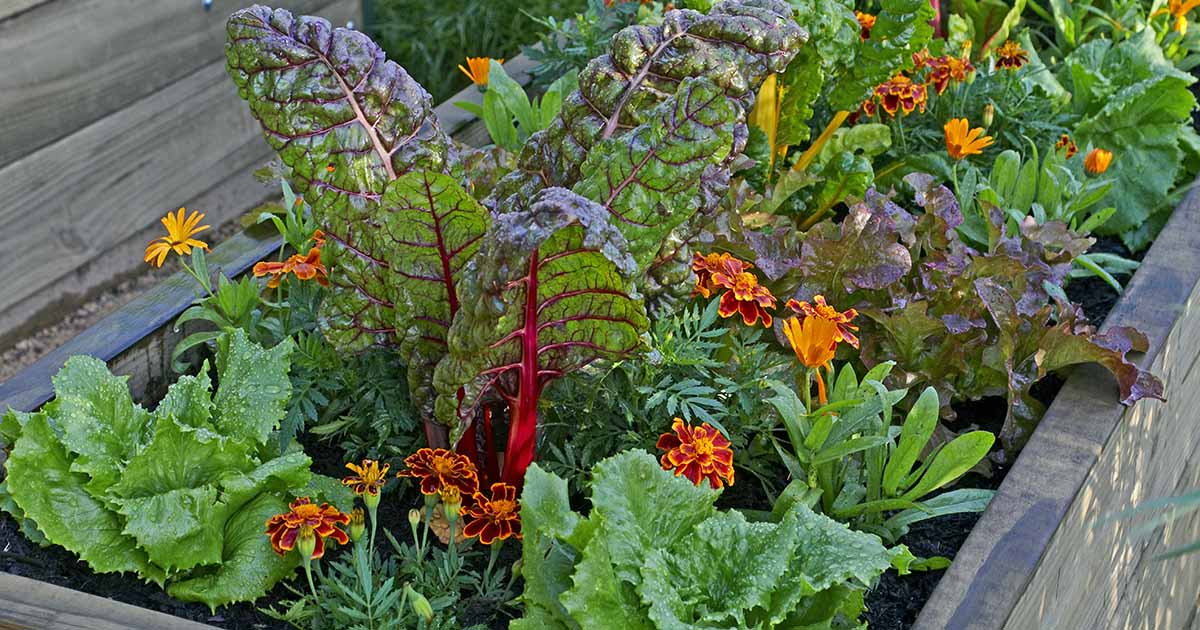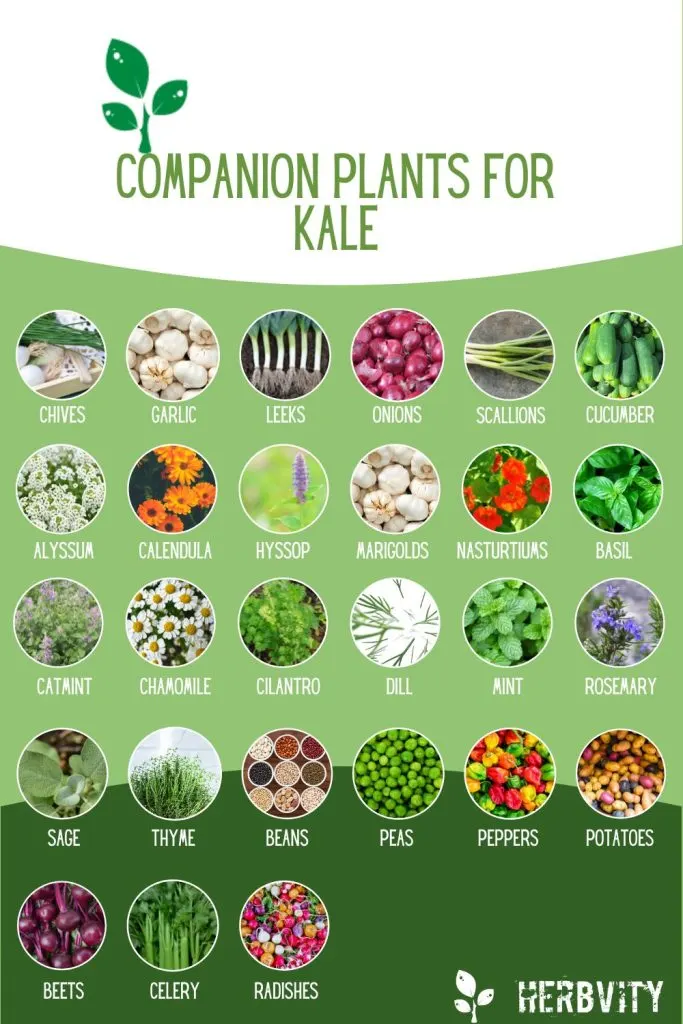The Best Companion Plants For Blackeyed Peas
The Best Companion Plants for BlackEyed Peas
Black-eyed peas are a delicious and nutritious legume that is a staple crop in many parts of the world. They are also a relatively easy crop to grow, and companion planting can help to improve their yield and quality.
In companion planting, different types of plants are grown together in a way that benefits each other. Some plants attract beneficial insects, while others repel pests. Some plants improve the soil quality, while others provide shade or support.
When choosing companion plants for black-eyed peas, there are a few things to keep in mind. Black-eyed peas are legumes, which means that they fix nitrogen in the soil. This makes them a good choice for companion planting with other nitrogen-hungry plants.
Black-eyed peas also prefer full sun and well-drained soil. They are not particularly tolerant of shade, so it is important to choose companion plants that have similar light and soil requirements.
Here are some of the best companion plants for black-eyed peas:
- Corn: Corn is a good companion plant for black-eyed peas because it provides support for the peas to climb. Corn also shades the soil, which helps to keep it cool and moist.

- Carrots: Carrots and black-eyed peas have similar growing requirements, and they can be planted together in the same bed. Carrots help to improve the soil quality, and they can also help to repel pests.
- Lettuce: Lettuce and black-eyed peas are both cool-season crops that can be planted together in the early spring or fall. Lettuce helps to suppress weeds, and it also provides shade for the black-eyed peas.

- Spinach: Spinach and black-eyed peas are another good combination for the early spring or fall garden. Spinach helps to improve the soil quality, and it also provides shade for the black-eyed peas.

- Beans: Beans and black-eyed peas are both legumes, so they fix nitrogen in the soil. This makes them a good choice for companion planting together. Beans also help to suppress weeds, and they can provide shade for the black-eyed peas.

- Cucumbers: Cucumbers and black-eyed peas can be planted together in the same bed, but they should be planted on opposite sides of the bed. This will help to prevent the cucumbers from shading the black-eyed peas.
- Melons: Melons and black-eyed peas can also be planted together in the same bed. However, it is important to choose melons that have similar growing requirements to black-eyed peas.

- Sunflowers: Sunflowers are a good companion plant for black-eyed peas because they attract beneficial insects. Sunflowers also help to improve the soil quality, and they can provide shade for the black-eyed peas.

Black-eyed peas are a delicious and versatile legume that can be grown in many different climates. They are also a great companion plant for other vegetables, as they can help to improve the soil and attract beneficial insects.
Some of the best companion plants for black-eyed peas include:
- Corn: Corn provides support for black-eyed peas to climb, and it also helps to shade the soil, which can help to prevent pests and diseases.
- Carrots: Carrots and black-eyed peas both benefit from the same type of soil, so they can be planted together without competing for nutrients.
- Cucumbers: Cucumbers and black-eyed peas can help to repel each other's pests, so they can be planted together to help protect both plants.
- Radishes: Radishes are a fast-growing crop that can help to break up the soil, which can benefit black-eyed peas.
- Turnips: Turnips and black-eyed peas can both help to suppress weeds, so they can be planted together to help keep your garden free of unwanted plants.
If you are interested in learning more about companion planting for black-eyed peas, I recommend visiting Gardenia Inspiration. This website has a wealth of information about companion planting, including a list of specific plants that are good to grow with black-eyed peas.
FAQ of companion plants for black eyed peas
Question 1: What are some good companion plants for black eyed peas?
Answer: Some good companion plants for black eyed peas include:
- Corn: Corn provides support for black eyed peas to climb, and it also helps to deter pests.
- Squash: Squash helps to suppress weeds and improve soil moisture, which benefits black eyed peas.
- Carrots: Carrots help to improve the flavor of black eyed peas, and they also help to repel pests.
- Cucumbers: Cucumbers help to attract pollinators, which can help to improve the yield of black eyed peas.
- Sunflowers: Sunflowers help to attract pollinators and deter pests, and they also provide shade for black eyed peas.
Question 2: What are some plants that should not be planted near black eyed peas?
Answer: Some plants that should not be planted near black eyed peas include:
- Garlic: Garlic can inhibit the growth of black eyed peas.
- Onions: Onions can inhibit the growth of black eyed peas.
- Potatoes: Potatoes can compete with black eyed peas for nutrients.
- Tomatoes: Tomatoes can compete with black eyed peas for nutrients.
Question 3: What is the best time to plant black eyed peas?
Answer: The best time to plant black eyed peas depends on your climate. In general, black eyed peas should be planted in the spring or fall, when the soil is warm and moist.
Question 4: What is the best fertilizer for black eyed peas?
Answer: Black eyed peas are legumes, which means that they can fix nitrogen in the soil. This means that they do not need a lot of fertilizer. However, you can give them a boost by adding a small amount of compost or manure to the soil before planting.
Question 5: How do I harvest black eyed peas?
Answer: Black eyed peas are ready to harvest when the pods are dry and the peas are plump. You can harvest the pods by hand or with a garden snip. Once you have harvested the pods, you can shell the peas and store them in a cool, dry place.
Image of companion plants for black eyed peas
- Corn: Corn provides support for climbing black eyed peas, and the two plants help each other to thrive.

- Cucumbers: Cucumbers and black eyed peas are both heat-loving plants that benefit from being planted together. The cucumbers help to shade the black eyed peas, and the black eyed peas help to improve the soil nitrogen levels.
- Melons: Melons and black eyed peas are another good combination of heat-loving plants. The melons help to keep the soil moist, and the black eyed peas help to improve the soil nitrogen levels.

- Celery: Celery and black eyed peas are both nitrogen-fixing plants, so they help each other to improve the soil. Celery also helps to deter pests from black eyed peas.

- Marigolds: Marigolds are a good companion plant for black eyed peas because they help to repel pests. The marigolds' strong scent confuses pests and makes them less likely to attack black eyed peas.

Post a Comment for "The Best Companion Plants For Blackeyed Peas"